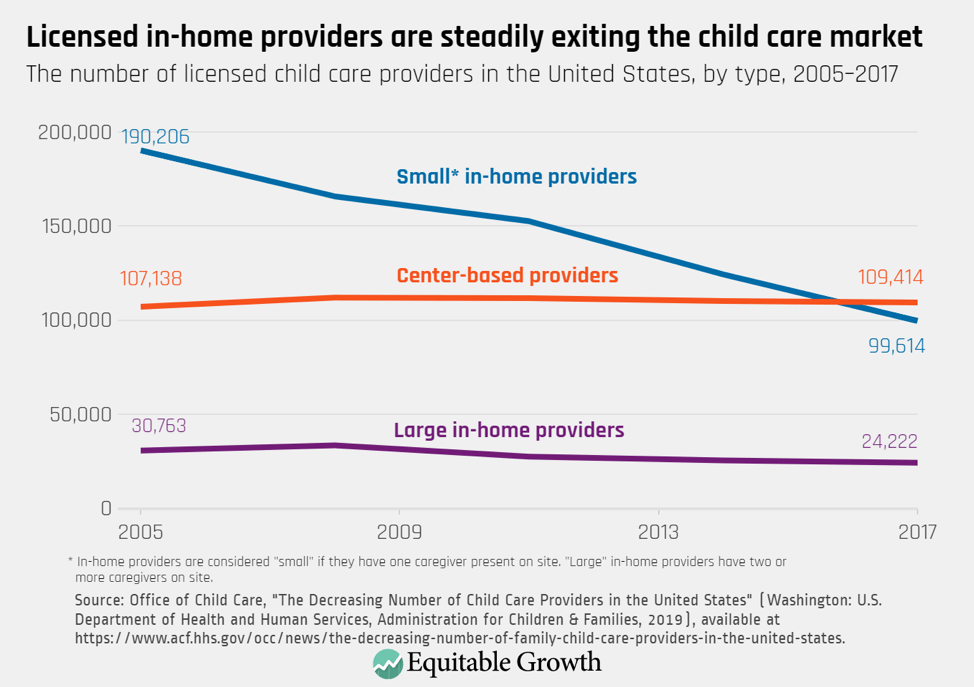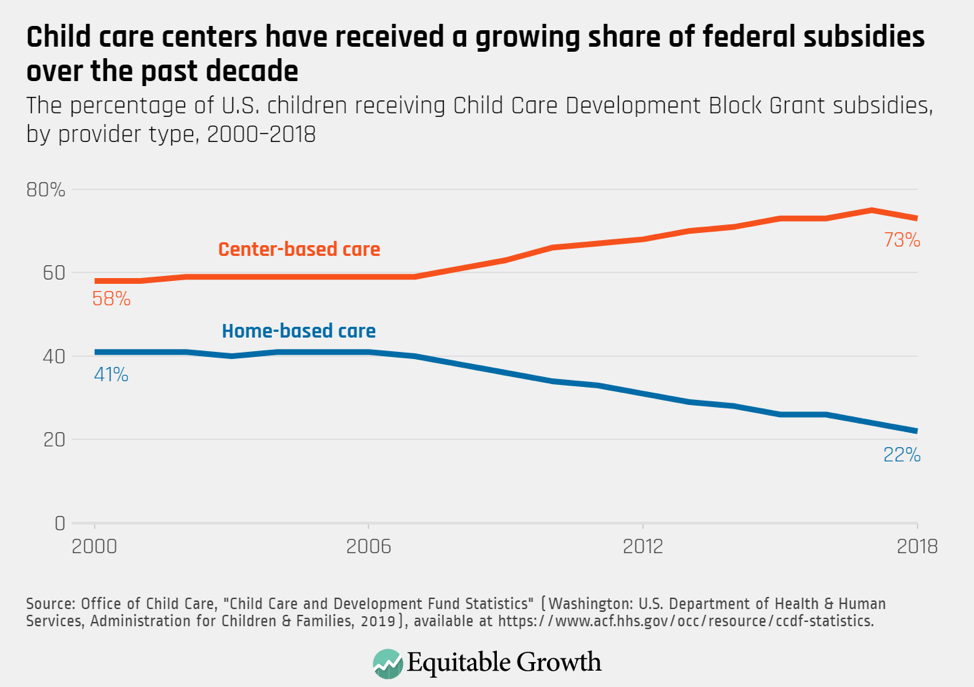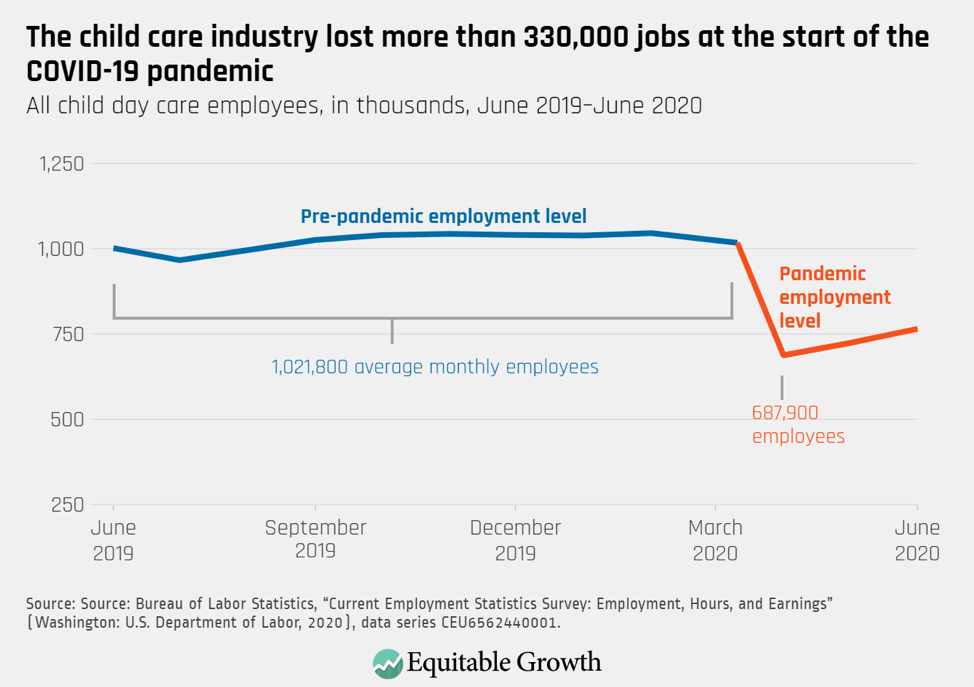When five economists and social scientists set out to measure ethnic diversity for a landmark 2002 paper for the Harvard Institute of Economic Research, they started by comparing data from an array of different sources: national censuses, Encyclopedia Brittanica, the CIA, Minority Rights Group International and a 1998 study called "Ethnic Groups Worldwide." They looked for consistence and inconsistence in the reports to determine what data set would be most reliable and complete. Because data sources such as censuses or surveys are self-reported – in other words, people are classified how they ask to be classified – the ethnic group data reflects how people see themselves, not how they're categorized by outsiders. Those results measured 650 ethnic groups in 190 countries.
One thing the Harvard Institute authors did with all that data was measure it for what they call ethnic fractionalization. Another word for it might be diversity. They gauged this by asking an elegantly simple question: If you called up two people at random in a particular country and ask them their ethnicity, what are the odds that they would give different answers? The higher the odds, the more ethnically "fractionalized" or diverse the country.
I've mapped out the results above. The greener countries are more ethnically diverse and the orange countries more homogenous. There are a few trends you can see right away: countries in Europe and Northeast Asia tend to be the most homogenous, sub-Saharan African nations the most diverse. The Americas are generally somewhere in the middle. And richer countries appear more likely to be homogenous.
This map is particularly interesting viewed alongside data we examined yesterday on racial tolerance, as measured by the frequency with which people in certain countries said they would not want a neighbor from a different racial group.
Before we go any further, though, a few important caveats, all of which appear in the original research paper as well. Well, all except for the report's age. It's now 11 years old. And given the scarcity of information from some countries, some of the data are very old, dating from as far back as the early 1990s or even late 1980s. Conceptions of ethnicity can change over time; the authors note that this happened in Somalia, where the same people started self-identifying differently after war broke out. And so can the actual national make-ups themselves, due to immigration, conflict, demographic trends and other factors. It's entirely possible, then, that some of these diversity "scores" would look different with present-day data.
Another caveat is that people in different countries might have different bars for what constitutes a distinct ethnicity. These data, then, could be said to measure the perception of ethnic diversity more than the diversity itself; given that ethnicity is a social construct, though those two metrics are not necessarily as distinct as one might think. Finally, as the paper notes, "It would be wrong to interpret our ethnicity variable as reflecting racial characteristics alone." Ethnicity might partially coincide with race, but they're not the same thing.
Now for the data itself. Here are a few observations and conclusions, a number of which draw from the Harvard Institute paper:
• African countries are the most diverse. Uganda has by far the highest ethnic diversity rating, according to the data, followed by Liberia. In fact, the world's 20 most diverse countries are all African. There are likely many factors for this, although one might be the continent's colonial legacy. Some European overlords engineered ethnic distinctions to help them secure power, most famously the Hutu-Tutsi division in Rwanda, and they've stuck. European powers also carved Africa up into territories and possessions, along lines with little respect for the actual people who lived there. When Europeans left, the borders stayed (that's part of the African Union's mandate), forcing different groups into the same national boxes.
• Japan and the Koreas are the most homogenous. Racial politics can be complicated and nasty in these countries, where nationalism and ethnicity have at times gone hand-in-hand, from Hirohito's Japan to Kim Il Sung's North Korea. The lack of diversity perhaps informs these politics, although it's tough to say which caused which.
• European countries are ethnically homogenous. This is, to me, one of the most interesting trends in the data. A number of now-global ideas about the nation-state, about national identity as tied to ethnicity and about nationalism itself originally came from Europe. For centuries, Europe's borders shifted widely and frequently, only relatively recently settling into what we see today, in which most large ethnic groups have a country of their own. That developed, painfully, over a very long time. And while there are still some exceptions – Belgium has ethnic Walloons and Dutch, for example – in most of Europe, ethnicity and nationality are pretty close to the same thing.
• The Americas are often diverse. From the United States through Central America down to Brazil, the "new world" countries, maybe in part because of their histories of relatively open immigration (and, in some cases, intermingling between natives and new arrivals) tend to be pretty diverse. The exception is South America's "southern cone," where Argentines and Chileans, many of whom originally come from the same handful of Western European countries, tend to be more homogenous. I was surprised to see Canada rate as more diverse than the United States or even Mexico; it's possible that the survey counted Quebecois as ethnically distinct, although I can't say for sure.
• Wide variation in the Middle East. The range of diversity from Morocco to Iran is a reminder that this part of the world is much less monolithic than we sometimes think. North African countries include large Berber minorities, for example, as well as some sub-Saharan ethnic groups, particularly in Libya. The diversity of Jordan and Syria are reminders of their internal complexity. Iran, with large Azeri, Kurdish and Arab populations, is one of the region's most diverse.
• Diversity and conflict. Internal conflicts appear on first blush to be more common in greener countries, which might make some intuitive sense given that groups with comparable "stakes" in their country's economics and politics might be more willing or able to compete, perhaps violently, over those resources. But there's enough data here to draw a lot of different conclusions. One thing to keep in mind is that ethnicity might not be static or predetermined. In other words, as in the case of Somalia, maybe worsening economic conditions or war make people more likely to further divide along ethnic fractions.
• Diversity correlates with latitude and low GDP per capita. The report notes, "our measures of linguistic and ethnic fractionalization are highly correlated with latitude and GDP per capita. Therefore it is quite difficult to disentangle the effect of these three variables on the quality of government." As above, keep in mind that correlation and causation aren't the same thing.
• Strong democracy correlates with ethnic homogeneity. This does not mean that one necessarily causes the other; the correlation might be caused by some other factor or factors. But here's the paper's suggestion for why diversity might make democracy tougher in some cases:
The democracy index is inversely related to ethnic fractionalization (when latitude is not controlled for). This result is consistent with theory and evidence presented in Aghion, Alesina and Trebbi (2002). The idea is that in more fragmented societies a group imposes restrictions on political liberty to impose control on the other groups. In more homogeneous societies, it is easier to rule more democratically since conflicts are less intense.
Here's the money quote on the potential political implications of ethnicity:
In general, it does not matter for our purposes whether ethnic differences reflect physical attributes of groups (skin color, facial features) or long-lasting social conventions (language, marriage within the group, cultural norms) or simple social definition (self-identification, identification by outsiders). When people persistently identify with a particular group, they form potential interest groups that can be manipulated by political leaders, who often choose to mobilize some coalition of ethnic groups ("us") to the exclusion of others ("them"). Politicians also sometimes can mobilize support by singling out some groups for persecution, where hatred of the minority group is complementary to some policy the politician wishes to pursue.






